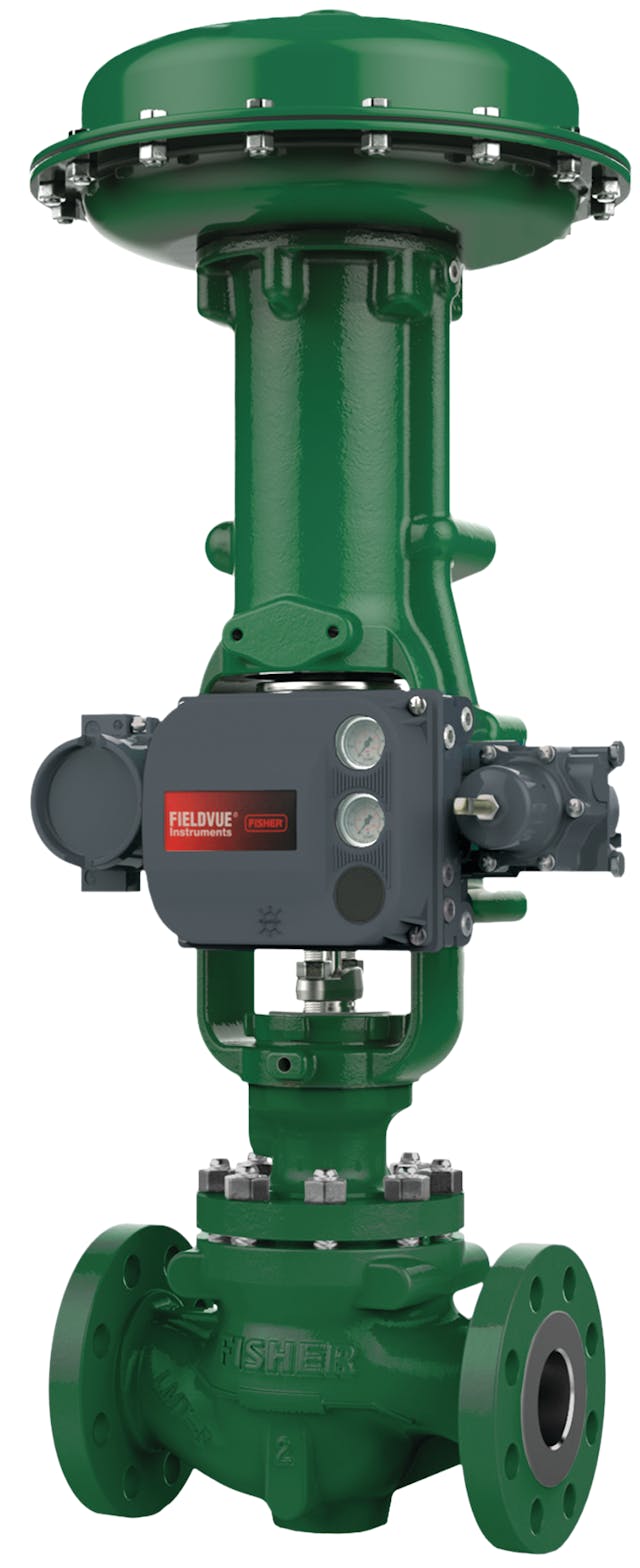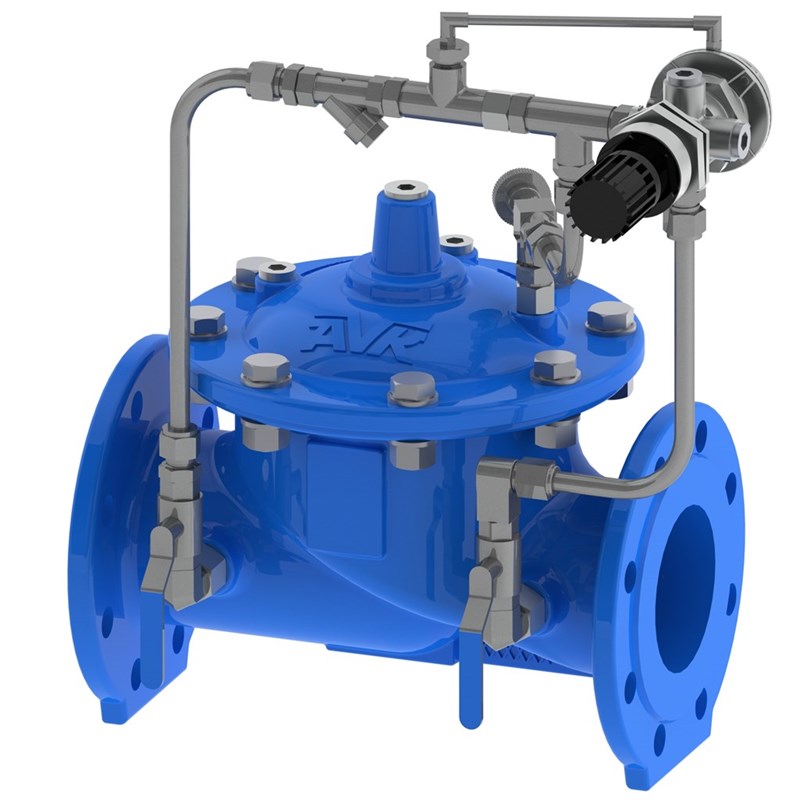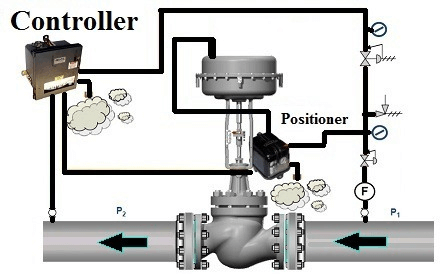Enhancing System Control with High-Performance Control Valves
Enhancing System Control with High-Performance Control Valves
Blog Article

Maximize Energy Cost Savings and Comfort With Advanced Building Automation Controls
In the realm of modern architecture and facility monitoring, the combination of sophisticated structure automation manages stands as a crucial advancement. By taking advantage of the power of automation, structures can adjust, react, and evolve in methods that were once unbelievable.
Power Performance Advantages
Energy performance advantages can significantly reduce power intake and functional prices in buildings. By carrying out energy-efficient practices and technologies, building proprietors and operators can attain substantial savings while additionally adding to ecological sustainability. Among the primary advantages of enhancing energy effectiveness in structures is the reduction of utility costs. Energy-efficient systems, such as advanced structure automation controls, can optimize using resources like lights, cooling, and heating, bring about lower power expenses over time.
Additionally, improved power efficiency can extend the lifespan of structure devices and systems. By running more effectively, HVAC systems, lighting components, and other building elements experience much less deterioration, causing decreased upkeep and replacement costs. Furthermore, energy-efficient buildings often regulate higher building worths and rental rates, giving long-term financial benefits to owners.
Additionally, energy efficiency can boost passenger convenience and performance. Appropriately managed indoor atmospheres with ideal lighting and thermal conditions create a more positive and favorable work space, leading to enhanced employee contentment and efficiency. Generally, the energy performance benefits connected with advanced building automation controls are diverse, encompassing cost savings, ecological stewardship, and owner health.
Boosted Convenience Control
Enhancing convenience control in building atmospheres requires an innovative combination of innovative automation systems for optimal occupant health. By utilizing innovative structure automation controls, facilities can customize the indoor setting to fulfill the certain needs and preferences of owners. control valves.
Enhanced convenience control surpasses basic temperature level changes. It consists of attributes such as tailored settings, tenancy sensors, and all-natural light use to create a receptive and vibrant environment. By incorporating these advanced controls, structures can not just enhance convenience but likewise improve energy efficiency by maximizing system procedures based on actual occupancy and use patterns. Ultimately, focusing on passenger convenience via sophisticated automation systems leads to an extra satisfying and healthier indoor setting.
Operational Effectiveness Improvements

Additionally, the application of real-time monitoring and analytics devices enables structure drivers to identify power ineffectiveness and operational abnormalities without delay. By constantly keeping an eye on energy usage patterns and system efficiency metrics, modifications can be made in real-time to enhance power usage and guarantee peak operational performance. control valves. Additionally, integrating demand reaction approaches right into structure automation controls can better enhance operational performance by dynamically readjusting power use based on grid problems and prices signals
Indoor Environment Optimization
Effective indoor environment optimization is a fundamental facet of structure automation controls, ensuring passengers' convenience and wellness while taking Website full advantage of power savings. By making use of sophisticated sensing units and controls, constructing automation systems can constantly keep an eye on and adjust temperature level, moisture levels, air high quality, and ventilation to produce an ideal interior atmosphere. Maintaining comfy and constant problems not just boosts owner complete satisfaction but likewise boosts efficiency and overall well-being.
Interior climate optimization additionally plays a vital duty in power efficiency. By fine-tuning cooling, ventilation, and home heating systems based upon real-time information and occupancy patterns, developing automation controls can dramatically minimize energy intake - control valves. Applying methods such as demand-controlled ventilation and thermal zoning can aid reduce power waste while making sure that each location of the structure gets the essential conditioning.

Sustainable Atmosphere Development
Building automation regulates not just optimize interior climate problems for power efficiency and owner comfort yet additionally lay the structure for creating a sustainable environment via critical monitoring of systems and resources. By integrating innovative building automation technologies, such as sensors, actuators, and intelligent software application, facilities can adjust and keep an eye on power usage in real-time to reduce waste and lower their carbon footprint. These systems make it possible for predictive maintenance, recognizing potential issues prior to they intensify and optimizing equipment performance to boost long life and effectiveness.
Furthermore, lasting atmosphere development extends beyond power monitoring to incorporate water preservation, waste reduction, and indoor air high quality enhancement. Building automation controls can regulate water usage, discover leakages, and make sure correct waste disposal techniques, adding to overall sustainability initiatives. Furthermore, by managing and keeping an eye on ventilation and filtration systems, these modern technologies enhance owner health and efficiency while lowering power intake connected with a/c operations.
Final Thought
To conclude, advanced building automation regulates deal considerable benefits in terms of power savings, comfort control, functional performance, interior environment optimization, and creating a visit lasting setting. By executing these controls, structures can attain ideal performance while decreasing power intake and boosting passenger comfort. It is evident that using sophisticated automation modern technology is crucial in boosting building efficiency and producing an extra sustainable future.
Energy effectiveness advantages can dramatically lower energy usage and functional prices in visit this web-site buildings. On the whole, the power effectiveness benefits connected with advanced building automation controls are multifaceted, incorporating expense financial savings, ecological stewardship, and passenger health.
In addition, integrating need reaction techniques right into building automation controls can even more enhance functional performance by dynamically adjusting energy usage based on grid problems and rates signals.
Structure automation controls not only maximize interior environment problems for power performance and passenger convenience however likewise lay the structure for producing a sustainable setting via tactical administration of sources and systems.In verdict, progressed building automation regulates offer significant advantages in terms of energy savings, comfort control, operational effectiveness, interior climate optimization, and developing a lasting environment.
Report this page